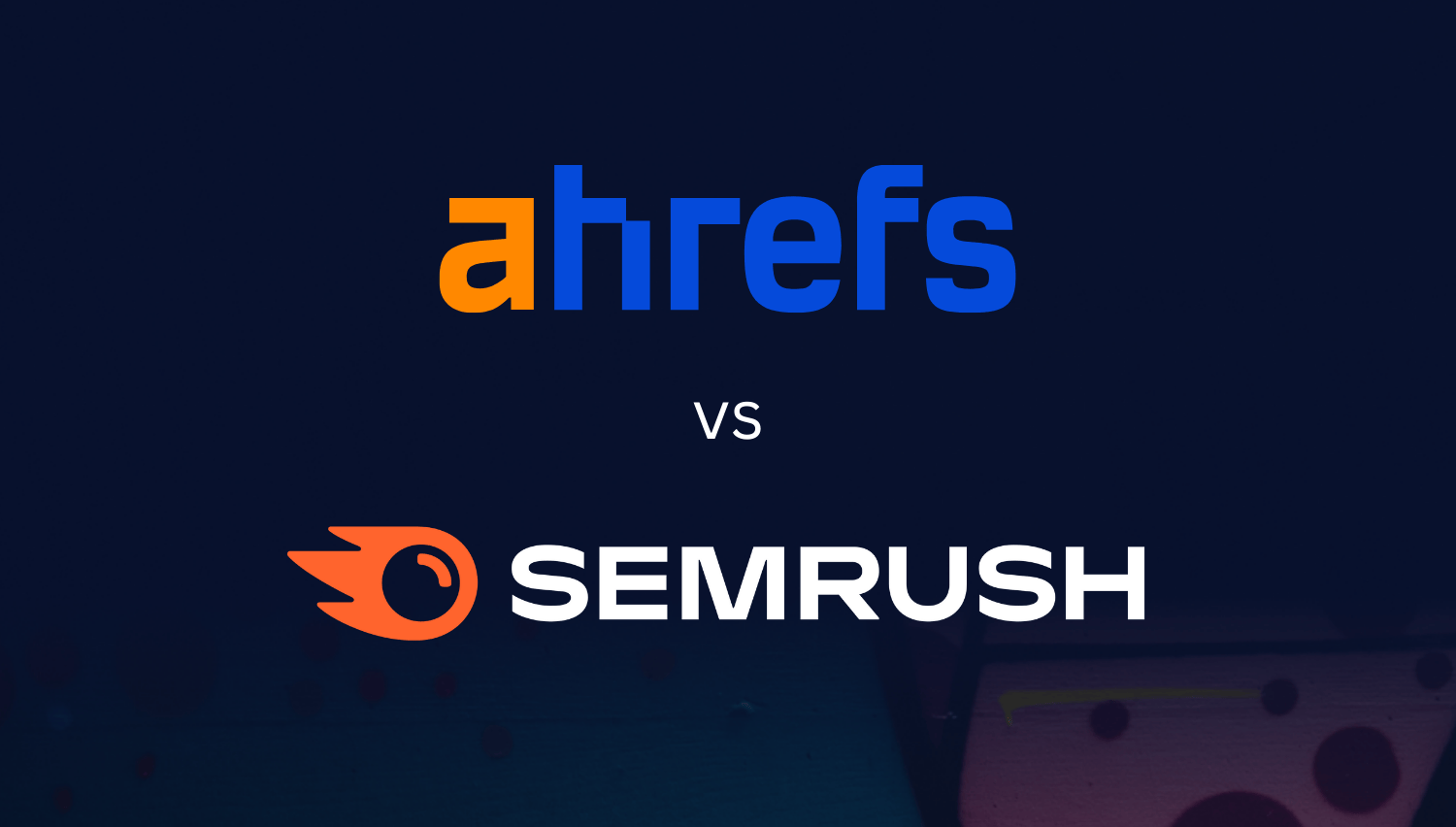Tracking Keyword Rankings: Who Does It Better—SEMrush or Ahrefs?
Monitoring keyword rankings is a core part of every SEO strategy. Whether you're running a personal blog or managing a large e-commerce site, knowing how your content performs in search engines helps you refine, prioritize, and scale your efforts effectively.
Two of the most popular tools for keyword tracking are SEMrush and Ahrefs. Both are powerful, both are trusted by professionals—but which one gives better insight when it comes to tracking performance?
In this article, we explore a real-world scenario of a digital marketer who used both tools: SEMrush for daily rank fluctuations and Ahrefs for long-term performance trends. The result was a richer, more strategic view of SEO performance that helped guide content and optimization decisions.

The Challenge: Too Much Data, Not Enough Direction
The marketer was managing several client websites across different industries—tech, health, and local services. Each had a different goal:
-
Track new keyword rankings after publishing content
-
Measure daily volatility for competitive search terms
-
Understand which content types led to ranking stability over time
Using one tool wasn’t enough. While daily movement is important for reacting to shifts (such as algorithm updates or SERP changes), seeing how pages behave over weeks or months is key to planning strategy.
Using SEMrush for Daily Monitoring and Quick Reaction
SEMrush’s Position Tracking feature became the marketer’s go-to for:
-
Daily updates on keyword positions
-
SERP feature tracking (e.g., featured snippets, local pack)
-
Visibility score for quick summaries
-
Tagging keywords by project, topic, or funnel stage
By checking SEMrush every morning, the marketer could:
-
Spot sudden drops or gains (which might signal technical issues or penalties)
-
See when new blog posts started appearing in SERPs
-
Track rankings across mobile vs desktop views
-
Monitor competitor domains within the same project
This was particularly helpful when clients requested weekly reports or panicked about performance drops—SEMrush provided a real-time safety net.
Using Ahrefs for Strategic Trend Analysis
While SEMrush handled the day-to-day, Ahrefs filled in the big picture.
Using Ahrefs’ Rank Tracker, the marketer evaluated:
-
Historical trends for each keyword, including graphs over 1–2 years
-
Traffic potential based on current positions
-
Performance comparisons with top competitors
-
Keyword distribution by page, allowing them to identify content hubs
This was invaluable when making decisions like:
-
Which older posts were worth updating (based on slow decline or plateauing)
-
Which high-traffic pages could benefit from better internal linking
-
Whether seasonality or algorithm shifts affected rankings long-term
Ahrefs helped move beyond reactionary SEO into strategic planning, offering insights into where rankings were heading—not just where they stood.
What the Marketer Learned
Using both tools revealed distinct but complementary strengths:
-
SEMrush was ideal for:
-
Daily visibility and alerts
-
Short-term SERP feature analysis
-
Campaign progress tracking
-
Answering “what happened yesterday?”
-
Ahrefs excelled at:
-
Understanding performance over time
-
Strategic keyword group analysis
-
Benchmarking against competitors
-
Answering “where is this page going?”
In one case, SEMrush showed a keyword jump from position 12 to 7—exciting on its own. But Ahrefs revealed that the page had hovered around page two for months before finally breaking into page one due to a content update and fresh backlink.
This kind of multi-dimensional view helped the marketer allocate resources more effectively, from content updates to link building and technical tweaks.
Final Thoughts
When it comes to tracking keyword rankings, there’s no one-size-fits-all tool. Both SEMrush and Ahrefs bring unique advantages to the table.
-
SEMrush is fast, alert-driven, and great for marketers who need to report and react quickly.
-
Ahrefs provides deeper context, long-term data, and the tools to plan with confidence.
In a world where search rankings shift constantly—and Google updates keep everyone guessing—it’s not just about knowing where you rank. It’s about knowing why, and what to do next.
For that, sometimes it’s not about choosing between tools—it’s about knowing how to use both strategically.


Subscribe to follow product news, latest in technology, solutions, and updates
Other articles for you



Let’s build digital products that are simply awesome !
We will get back to you within 24 hours!Go to contact us Please tell us your ideas.
Please tell us your ideas.







